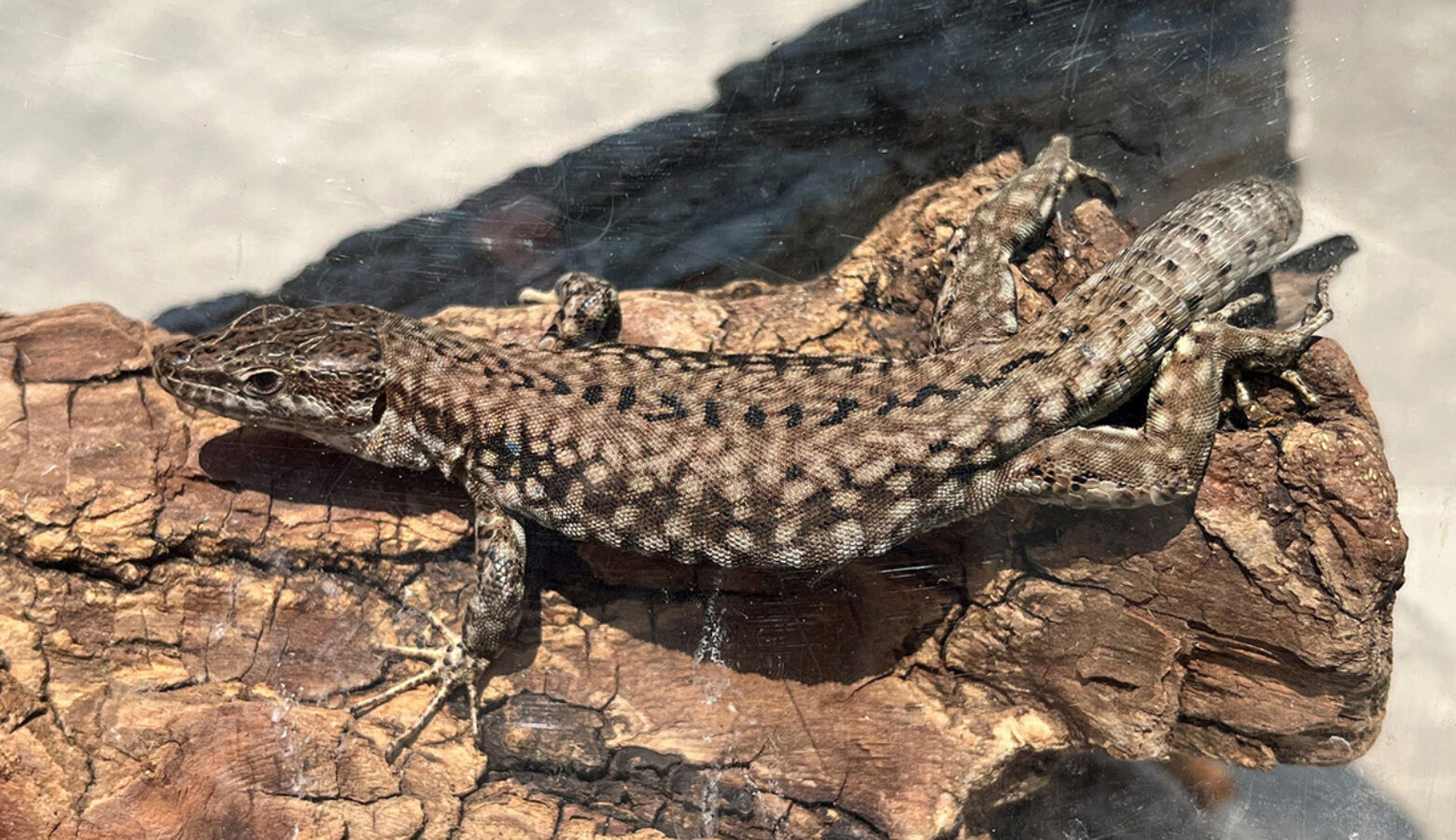Lizard native to Europe found in southern Indiana near Ohio border

The Indiana Department of Natural Resources wants your help to track a European lizard spotted in Indiana. Common wall lizards aren’t dangerous to people, but the agency worries they could compete with native lizards for food and shelter — and it wants to learn more.
DNR herpetologist Nate Engbrecht said few exotic lizards stick around in Indiana — they usually don’t survive the winter.
“Europe has a pretty similar climate to what we have here in the Midwest. So I think that’s what’s allowed them to really just kind of get established almost as if it feels like home to them,” he said.
Common wall lizards have been in the Cincinnati area since they were introduced there in the 1950s. Somehow, some of them got established at Falls of the Ohio State Park in Clark County nearly 20 years ago. Engbrecht said the agency worked to eradicate them and hasn’t seen one there since about 2010.
“It looks like that might have actually worked. But this most recent colonization event, it’s really only a month old, so we’re still in the assessment phase of trying to just understand where are these lizards, where do they occur?” he said.
Join the conversation and sign up for the Indiana Two-Way. Text “Indiana” to 73224. Your comments and questions in response to our weekly text help us find the answers you need on statewide issues.
Common wall lizards like to live in urban and suburban areas around rocks, shorelines and old building infrastructure. They’re typically between about five to eight inches long and have a tan or gray back with white spotted sides.
If you see one, email a photo to the DNR at HerpSurveys@dnr.IN.gov.
Rebecca is our energy and environment reporter. Contact her at rthiele@iu.edu or follow her on Twitter at @beckythiele.
